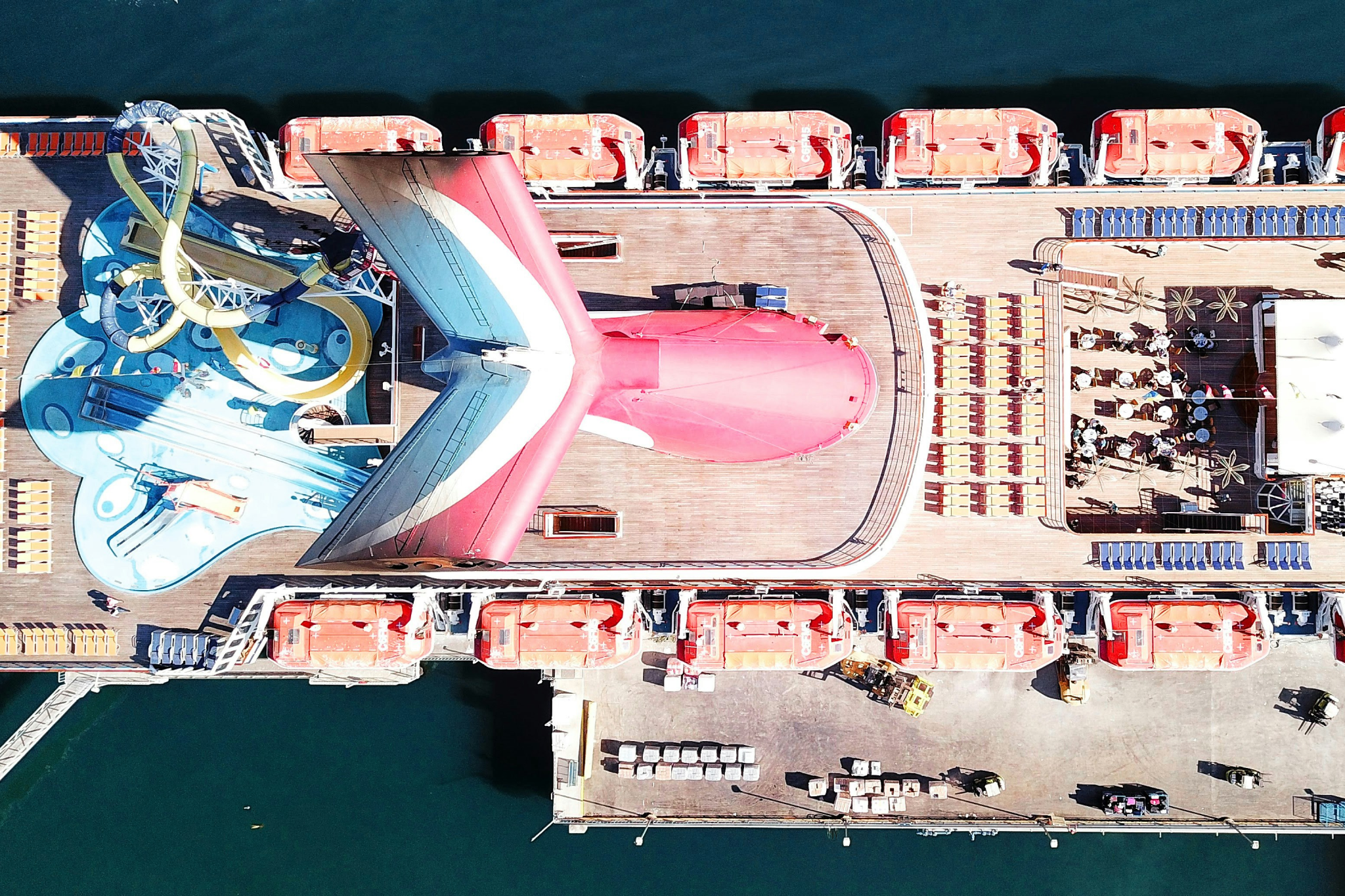Tipping on a Cruise: What You Need to Know and What to Expect

Tipping on a cruise doesn’t need to be complicated—but it’s worth getting right. Whether you’re sailing with a legacy cruise line or a more intimate, all-inclusive brand, gratuities are part of how the experience flows. They support the crew that quietly shapes your journey—from the cabin steward who keeps your space immaculate to the dining staff who remember your preferences night after night.
Knowing what’s expected—and where you have flexibility—helps you move through the trip with confidence and respect.
How Cruise Gratuities Work
Tipping on a cruise isn’t left to chance—it’s built into the experience. Most major cruise lines apply a daily service charge to each guest’s onboard account. This covers your stateroom attendant, dining staff, and other behind-the-scenes crew who help maintain the flow of your day-to-day onboard. It’s automatic, convenient, and designed to ensure the crew is compensated fairly and consistently.
While the system is streamlined, it’s not rigid. These gratuities can often be prepaid when booking, or adjusted during your voyage by speaking with guest services.
The key is understanding that this isn’t a hidden fee—it’s a structured way to support the people making your cruise seamless.
Knowing how it works up front makes it easy to navigate—and easy to respect.
What You’ll Likely Pay
Now that you know how gratuities work, here’s what they typically cost. Most cruise lines charge between $15 and $25 per guest, per day, depending on the ship and cabin category. Suite guests often pay more due to expanded service levels, while some ultra-luxury lines include gratuities in the fare entirely.
Here’s a quick breakdown of what you can expect across popular cruise lines:
| Cruise Line | Standard Daily Gratuity |
| Carnival | ~$16 USD (Suites: ~$18) |
| Celebrity Cruises | ~$18 USD (Suites: $19–23) |
| Disney Cruise Line | ~$16 USD (Concierge: ~$27.25) |
| Holland America Line | ~$17 USD (Suites: ~$19) |
| Norwegian Cruise Line | ~$20 USD (The Haven: ~$25) |
| MSC Cruises | ~$16 USD (Yacht Club: ~$20) |
| Princess Cruises | ~$17 USD (Suites: ~$18–19) |
| Royal Caribbean | ~$18.50 USD (Suites: ~$21) |
| Viking Cruises | ~$17 USD (All-inclusive) |
| Oceania Cruises | ~$18 USD (Included from 2025) |
| Ponant | Included in fare |
| Seabourn / Silversea / Regent / Virgin Voyages | Included in fare |
For a weeklong cruise, this translates to anywhere from $105 to $175 per person in gratuities—more if you’re in a suite or traveling with a group. Knowing these numbers ahead of time helps you budget smartly and avoid surprises on your final invoice.
Who to Tip Extra—And When It Matters
Automatic gratuities cover most of your onboard service, but there are moments when tipping on a cruise deserves a personal touch. When a crew member goes out of their way—anticipating your preferences, checking in without being asked, or consistently exceeding expectations—a direct tip is a meaningful way to acknowledge that attention.
Cash remains the most effective way to do this. A $10–$20 gesture is appropriate for standout service from your cabin steward or dining team, with higher amounts for butlers or concierges in premium accommodations. For spa therapists, bartenders, and specialty dining servers—where a standard 15–20% service charge is often included—an extra amount is welcomed when the service feels especially polished.
Tipping for Extra Services
Beyond the daily gratuities, certain services on board often carry their own set of tipping expectations. Bar tabs, specialty restaurants, spa treatments, and salon appointments typically include a service charge—usually 15% to 20%—added automatically at the time of purchase.
You won’t need to tip again in these cases, but many guests choose to offer a bit more for outstanding service.
Room service, particularly on lines where it’s complimentary, may or may not include a tip. If it doesn’t, a few dollars in cash is a simple way to show appreciation. The same goes for shore excursions with private guides or small-group tours—gratuities aren’t always expected, but are always valued when the experience feels personalized or exceptionally well managed.
Adjusting or Opting Out of Gratuities
While most cruise lines automatically apply daily service charges, tipping on a cruise still leaves room for flexibility. If you’ve prepaid gratuities before sailing, there’s nothing more to manage. Otherwise, the charges will appear on your onboard account and can typically be adjusted—or removed—by visiting guest services.
Some travelers prefer to handle tipping on a cruise in cash, directly acknowledging individuals who made their trip exceptional. Others modify the amount to better reflect their service experience. Either way, it’s best to make those decisions early in the cruise rather than waiting until the final day.
These gratuities are shared among a broad team—from housekeeping to dining to behind-the-scenes crew—so any adjustment has a wider impact than it might seem.
Final Thoughts on Tipping on a Cruise
Understanding how tipping on a cruise works means fewer surprises and a smoother experience. Whether you go with the standard service charges, recognize exceptional staff with personal tips, or take a more tailored approach, the key is to know your options and act with intention.
Clear expectations make it easier to enjoy the journey—and to acknowledge the crew whose effort keeps everything running quietly in the background.
You might also like

12 Fascinating Fun Facts About Cruise Ships You'll Want to Share

Orient Express Silenseas

CLUB MED 2: WORLD'S LARGEST SAILING YACHT

The Best Overall Cruise Lines in 2025

2025 Cruise Trends: A Year-End Look at How We Sailed This Year
